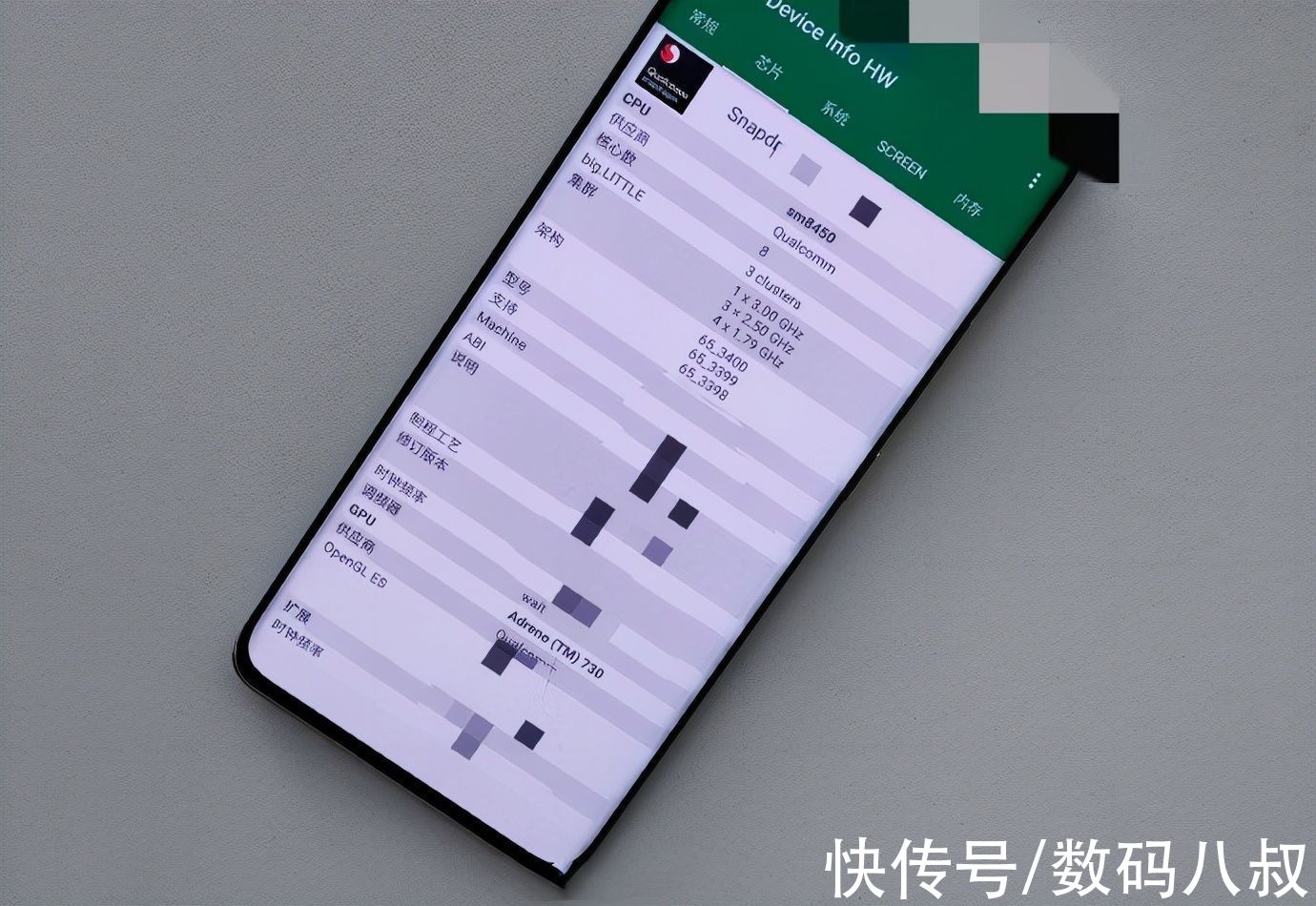敢说敢作敢为, 无怨无恨无悔。这篇文章主要讲述Android系统文件目录路径说明相关的知识,希望能为你提供帮助。
系统数据存储路径,如下:其中应用程序包名为:com.spt
ContextWrapper类中,包含以下方法:
1. getFilesDir() -->
内部存储
@Override public File getFilesDir() { return mBase.getFilesDir(); }
k86m_QC机器上数据存储路径:/data/data/com.spt/files
华为手机上数据存储路径:/data/data/com.spt/files
2. getExternalFilesDir(String type) 参数指定为:Environment.DIRECTORY_PICTURES --> 外部存储
@Override public File getExternalFilesDir(String type) { return mBase.getExternalFilesDir(type); }
k86m_QC机器上数据存储路径:/storage/sdcard0/android/data/com.spt/files/Pictures
华为手机上数据存储路径:/storage/emulated/0/Android/data/com.spt/files/Pictures
3. getCacheDir() --> 内部存储
@Override public File getCacheDir() { return mBase.getCacheDir(); }
k86m_QC机器上数据存储路径:/data/data/com.spt/cache
华为手机上数据存储路径:/data/data/com.spt/cache
4. getExternalCacheDir() --> 外部存储
@Override public File getExternalCacheDir() { return mBase.getExternalCacheDir(); }
k86m_QC机器上数据存储路径:/storage/sdcard0/Android/data/com.spt/cache
华为手机上数据存储路径:/storage/emulated/0/Android/data/com.spt/cache
Environment类中,包含以下方法:
1. getDataDirctory()
/** * Return the user data directory. */ public static File getDataDirectory() { return DATA_DIRECTORY; }
k86m_QC机器上数据存储路径:/data
华为手机上数据存储路径:/data
2. getDownLoadCacheDirectory()
/** * Return the download/cache content directory. */ public static File getDownloadCacheDirectory() { return DOWNLOAD_CACHE_DIRECTORY; }
k86m_QC机器上数据存储路径:/cache
【Android系统文件目录路径说明】华为手机上数据存储路径:/cache
3. getExternalStorageDirectory()
/** * Return the primary external storage directory. This directory may not * currently be accessible if it has been mounted by the user on their * computer, has been removed from the device, or some other problem has * happened. You can determine its current state with * {@link #getExternalStorageState()}. * < p> * < em> Note: don\'t be confused by the word "external" here. This directory * can better be thought as media/shared storage. It is a filesystem that * can hold a relatively large amount of data and that is shared across all * applications (does not enforce permissions). Traditionally this is an SD * card, but it may also be implemented as built-in storage in a device that * is distinct from the protected internal storage and can be mounted as a * filesystem on a computer.< /em> * < p> * On devices with multiple users (as described by {@link UserManager}), * each user has their own isolated external storage. Applications only have * access to the external storage for the user they\'re running as. * < p> * In devices with multiple "external" storage directories, this directory * represents the "primary" external storage that the user will interact * with. Access to secondary storage is available through * < p> * Applications should not directly use this top-level directory, in order * to avoid polluting the user\'s root namespace. Any files that are private * to the application should be placed in a directory returned by * {@link android.content.Context#getExternalFilesDir * Context.getExternalFilesDir}, which the system will take care of deleting * if the application is uninstalled. Other shared files should be placed in * one of the directories returned by * {@link #getExternalStoragePublicDirectory}. * < p> * Writing to this path requires the * {@link android.Manifest.permission#WRITE_EXTERNAL_STORAGE} permission, * and starting in read access requires the * {@link android.Manifest.permission#READ_EXTERNAL_STORAGE} permission, * which is automatically granted if you hold the write permission. * < p> * Starting in {@link android.os.Build.VERSION_CODES#KITKAT}, if your * application only needs to store internal data, consider using * {@link Context#getExternalFilesDir(String)} or * {@link Context#getExternalCacheDir()}, which require no permissions to * read or write. * < p> * This path may change between platform versions, so applications should * only persist relative paths. * < p> * Here is an example of typical code to monitor the state of external * storage: * < p> * {@sample * development/samples/ApiDemos/src/com/example/android/apis/content/ExternalStorage.java * monitor_storage} * * @see #getExternalStorageState() * @see #isExternalStorageRemovable() */ public static File getExternalStorageDirectory() { throwIfUserRequired(); return sCurrentUser.getExternalDirsForApp()[0]; }
k86m_QC机器上数据存储路径:/storage/sdcard0
华为手机上数据存储路径:/storage/emulated/0
4. getRootDirectory()
/** * Return root of the "system" partition holding the core Android OS. * Always present and mounted read-only. */ public static File getRootDirectory() { return DIR_ANDROID_ROOT; }
k86m_QC机器上数据存储路径:/system
华为手机上数据存储路径:/system
5. getExternalStoragePublicDirectory(String type)
/** * Get a top-level public external storage directory for placing files of * a particular type.This is where the user will typically place and * manage their own files, so you should be careful about what you put here * to ensure you don\'t erase their files or get in the way of their own * organization. * * < p> On devices with multiple users (as described by {@link UserManager}), * each user has their own isolated external storage. Applications only * have access to the external storage for the user they\'re running as.< /p> * * < p> Here is an example of typical code to manipulate a picture on * the public external storage:< /p> * * {@sample development/samples/ApiDemos/src/com/example/android/apis/content/ExternalStorage.java * public_picture} * * @param type The type of storage directory to return.Should be one of * {@link #DIRECTORY_MUSIC}, {@link #DIRECTORY_PODCASTS}, * {@link #DIRECTORY_RINGTONES}, {@link #DIRECTORY_ALARMS}, * {@link #DIRECTORY_NOTIFICATIONS}, {@link #DIRECTORY_PICTURES}, * {@link #DIRECTORY_MOVIES}, {@link #DIRECTORY_DOWNLOADS}, or * {@link #DIRECTORY_DCIM}.May not be null. * * @return Returns the File path for the directory.Note that this * directory may not yet exist, so you must make sure it exists before * using it such as with {@link File#mkdirs File.mkdirs()}. */ public static File getExternalStoragePublicDirectory(String type) { throwIfUserRequired(); return sCurrentUser.buildExternalStoragePublicDirs(type)[0]; }
k86m_QC机器上数据存储路径:/storage/sdcard0/Pictures
华为手机上数据存储路径:/storage/emulated/0/Pictures
Internal Storage和External Storage的区别:

文章图片
getFilesDir() --> 内部存储 /data/data/com.spt/files
getCacheDir() --> 内部存储 /data/data/com.spt/cache
内部存储,对应的是特定的应用程序,如上所述指的是包名为:com.spt应用程序
getExternalFilesDir(String type) --> 外部存储 /storage/sdcard0/Android/data/com.spt/files/Pictures
getExternalCacheDir() --> 外部存储 /storage/sdcard0/Android/data/com.spt/cache
getExternalStoragePublicDirectory(String type) --> 外部存储 /storage/sdcard0/Pictures
getExternalStorageDirectory() --> 外部存储 /storage/sdcard0
1. 外部存储,对应的是/storage/sdcard0/目录;
2. private files:如果需要在卸载应用程序时,删除所有该应用程序的外部存储(同时,该数据是本应用程序私有的),可以使用:getExternalFilesDir(String type)目录,带有应用程序包名;

文章图片
3. public files可以存放在:getExternalStoragePublicDirectory(String type)
P.S.
对于特定的智能后视镜设备:Flash --> /mnt/sdcard 硬盘大小 外部存储路径:/storage/sdcard1" 外设的存储设备
推荐阅读
- Android的BroadcastReceiver组件
- ArcGIS for Android图层记录数,图层选择记录,图层字段数
- 一起来学习android自定义控件—边缘凹凸的View
- 基于Android的简单聊天工具-服务器端
- Android如何检查对象的类型
- Android中Intent的相关用法
- Android活动运行方法
- Android Studio修改项目名和包名
- Android数据存储引擎---SQLite数据库







